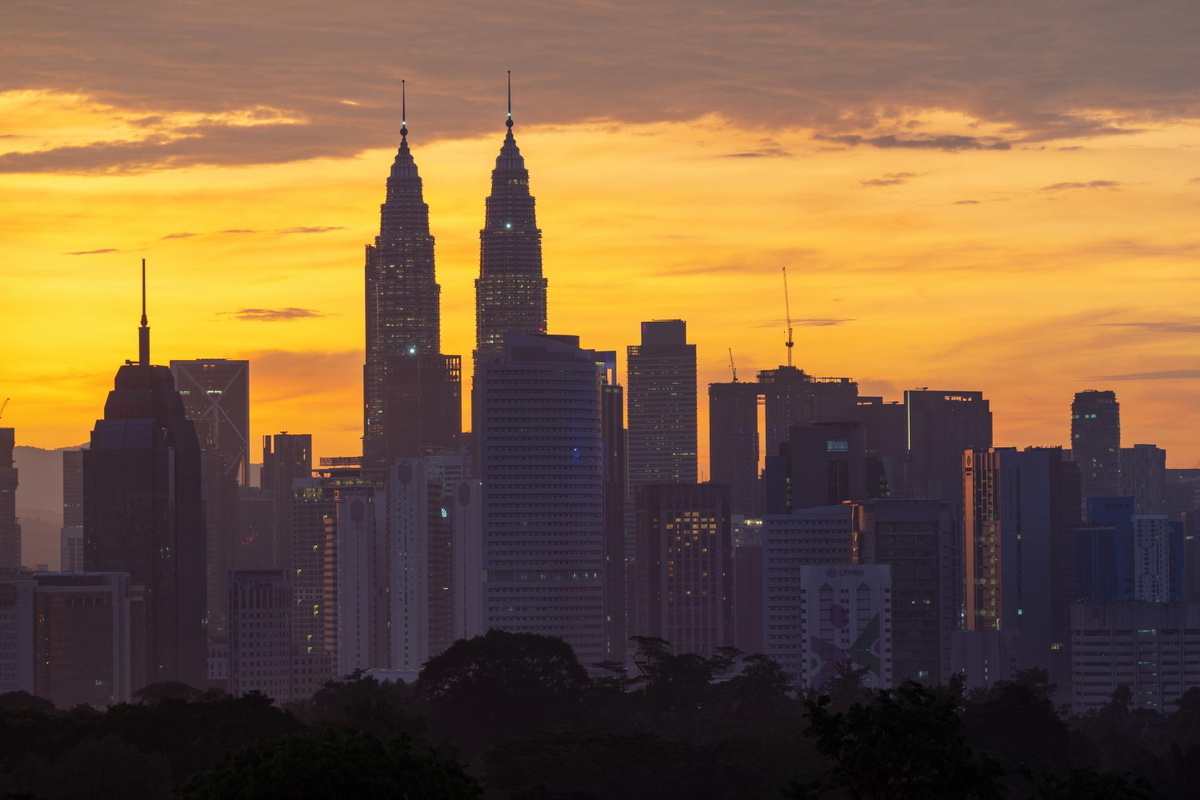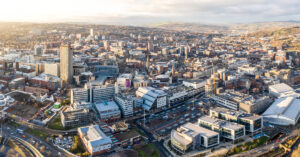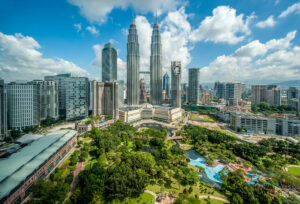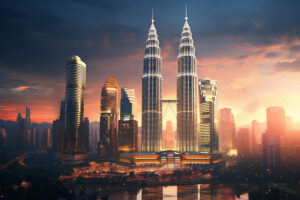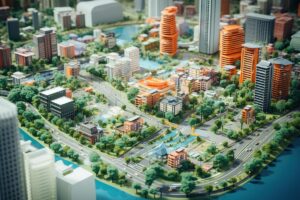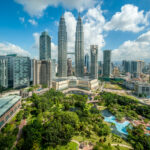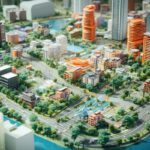Disaster-resilient cities are a vital aspect of urban development, especially in countries prone to natural disasters, such as Malaysia. Due to its geographical location, Malaysia faces significant risks from floods, earthquakes, and landslides.
Hence, our country is championing the concept of disaster-resilient cities to address this growing concern. Essentially, these are cities that were built to withstand and lessen the hazards of natural disasters.
If this is the first time you have heard of this concept, don’t worry. This article explores the concept of disaster-resilient cities and how they assist Malaysia in minimising the risks of disasters.
What is a Disaster-Resilient City?
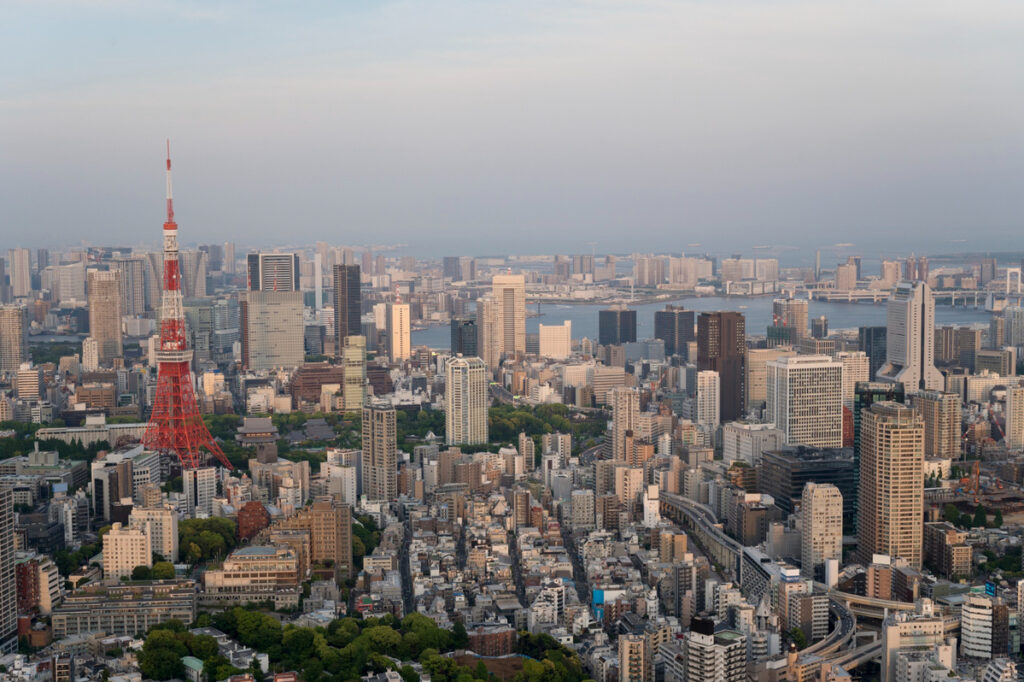
Simply put, a disaster-resilient city is prepared for and capable of withstanding natural disasters. For example, disaster-resilient cities such as Tokyo and New Orleans have exemplified the value of disaster resilience throughout history.
This involves constructing resilient systems against earthquakes or floods, early warning mechanisms, detailed disaster response strategies, and community preparedness programmes.
Examining these real-world global examples and exploring their history of city planning can provide valuable insights into how these different elements work to create effective disaster-resistant urban spaces.
Read More: Smart City in Urban Town Planning: Is It Coming Soon to Malaysia?
Construction of Resilient Infrastructure
The key to disaster-resilient cities is the strategic development of infrastructure. This includes buildings and roads constructed to endure natural forces and drainage systems designed for heavy rainfall.
For instance, cities like Kyoto have strict building regulations in earthquake-prone areas to ensure structures can withstand seismic shocks.
This forward-thinking urban planning is important in Malaysia. Thus, urban planning in Malaysia considers flood mitigation through elevated roads and strategically placed retention ponds for rainwater runoff control.
Such infrastructure projects draw their inspiration from tried-and-true models and strategies like Japan’s earthquake-resistant building codes.
Therefore, investing in such infrastructure enhances a city’s ability to maintain essential services during natural disasters. With such systems in place, essential services continue without interruption, even in difficult circumstances, thereby improving overall resilience.
Establish Warning Systems
Additionally, early warning systems are integral to disaster resilience. These systems utilise technology to detect and monitor potential threats, such as storms and earthquakes, providing timely public alerts.
Authorities should also implement a system to promptly share urgent warnings as soon as they become aware of potential risks via mobile notifications, emergency sirens, and broadcast messages.
This system will allow residents to take appropriate safety actions accordingly, such as evacuations or securing properties.
Community Engagement
Alongside infrastructure and warning systems, community engagement plays a vital role in building disaster-resilient cities. This involves educating the public about risks and training them for an effective disaster response.
By involving the community in the planning and decision-making process, cities can foster a sense of ownership and responsibility towards disaster preparedness.
Read More: Living in the City or Suburbs is Better in Malaysia?
Case Studies of Malaysian Resilient Cities
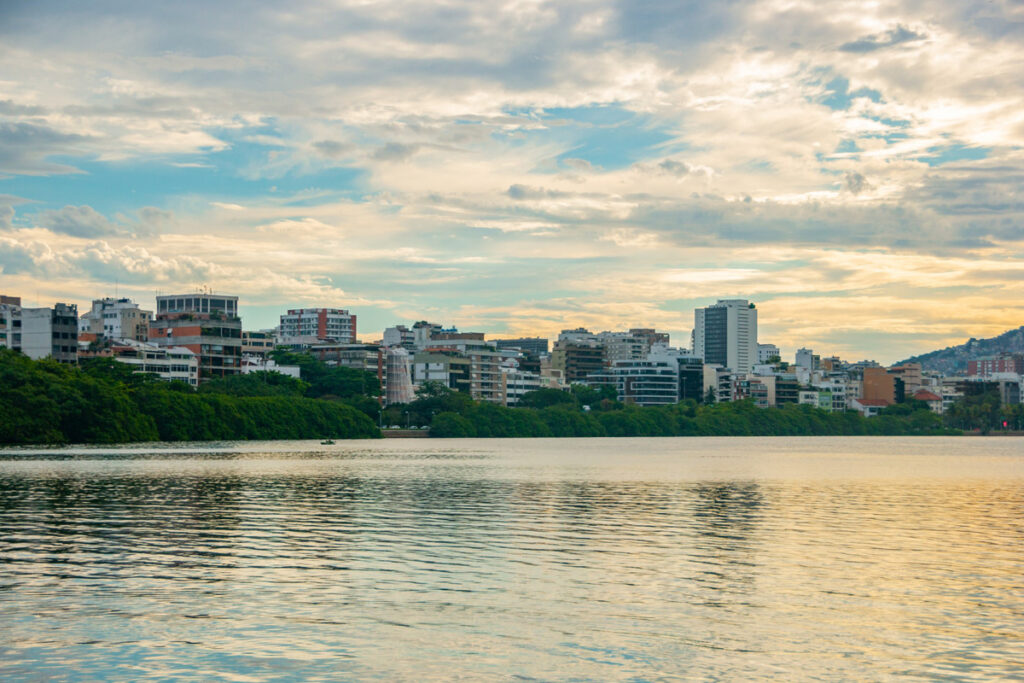
In Malaysia, efforts are already underway to create disaster-resilient cities. The government has implemented various initiatives and policies to enhance resilience at the local level.
For example, Kuala Lumpur City Hall has developed a Disaster Risk Reduction Strategic Plan, which focuses on improving infrastructure, enhancing early warning systems, and promoting community participation. The comprehensive and multifaceted approach entails upgrading crucial infrastructure to withstand potential disasters.
By integrating cutting-edge technologies to strengthen early warning capabilities and actively engaging communities in disaster preparedness initiatives, Kuala Lumpur hopes to improve its resilience against various threats significantly.
Read More: Kuala Lumpur Structure Plan 2040: Town Planner KL
Looking Forward: The Future of Malaysia
To conclude, mitigating the risks associated with natural disasters is essential for the long-term well-being and sustainability of urban centres.
Investments in resilient infrastructure, early warning systems, and community engagement are key to building a city’s capacity to withstand and recover from disasters. By developing disaster-resilient cities, Malaysia can better protect its population and infrastructure from the impacts of such events.
PEQ Consult, with its expertise in sustainable planning, plays a crucial role in constructing disaster-resilient cities in Malaysia. Our proficiency in urban and town planning and our dedication towards sustainability make us the ideal partner for a secure future.
We invite you to discover how our expertise can help build a safer, more sustainable urban future. Contact us today to be part of Malaysia’s journey towards disaster resilience!

